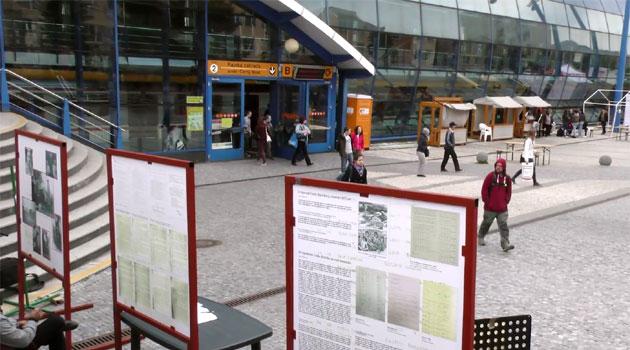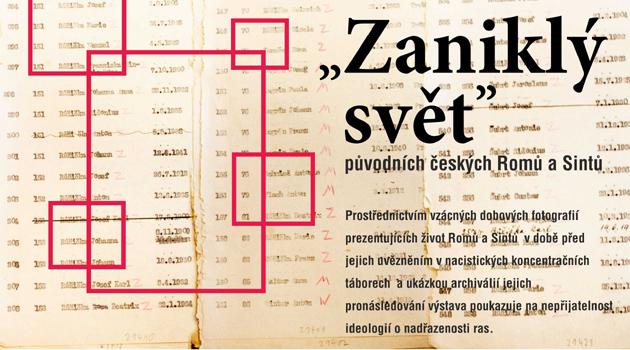VIDEO: How did Romani people live in the Czech lands before they were sent to concentration camps? Exhibition "A Vanished World" in Prague shows how

The travelling exhibition “A Vanished World” (Zaniklý svět), about the indigenous Czech Roma and Sinti people during the interwar period, has been prepared by the Committee for the Redress of the Roma Holocaust (Výbor pro odškodnění romského holocaustu – VPORH) and will be on display in Prague between now and October. Through rare archival materials and photographs from that era, the exhibition presents the lives of Roma and Sinti people in the Czech lands prior to their imprisonment in the Nazi concentration camps.
On 13 May the exhibition will be available to view at the Lety u Písku memorial where the annual commemorative ceremony for the Romani victims of the Holocaust will be held by the VPORH. There were more than 1 309 Romani children, men and women imprisoned at the Lety camp who were forced to live (and some, to die) in the inhumane, undignified conditions there.
Another group of more than 1 300 Romani people also passed through the camp at Hodonín u Kunštátu. At least 194 prisoners died directly at Hodonín and 326 people at Lety.
During the Second World War at least half a million European Roma and Sinti people died. Some estimates state the number of victims as being as many as 800 000, i.e., as much as half the population of Roma in Europe at the time.
The exhibition will be on view next at the following locations and times:
May 13 – Lety u Písku Memorial
May 23 – 25 – Prague 18, in front of the post office
June 8 – 9 – Prague 4, Budějovicka metro station
June 10 – Festival Kaleidoskop, Park na Pankráci, Prague 4, Pankrác
September 24 – Park Přátelství, Prague 9, Prosek
September 25 – Náměstí OSN, Prague 9, Vysočany
September 26 – ETNOFEST at Park Podviní, Prague 9, Vysočany
October 11 – 12 – Prague 20, Horní Počernice
October 13 – Prague 20, trade show of social services, Chvalská tvrz, Horní Počernice
